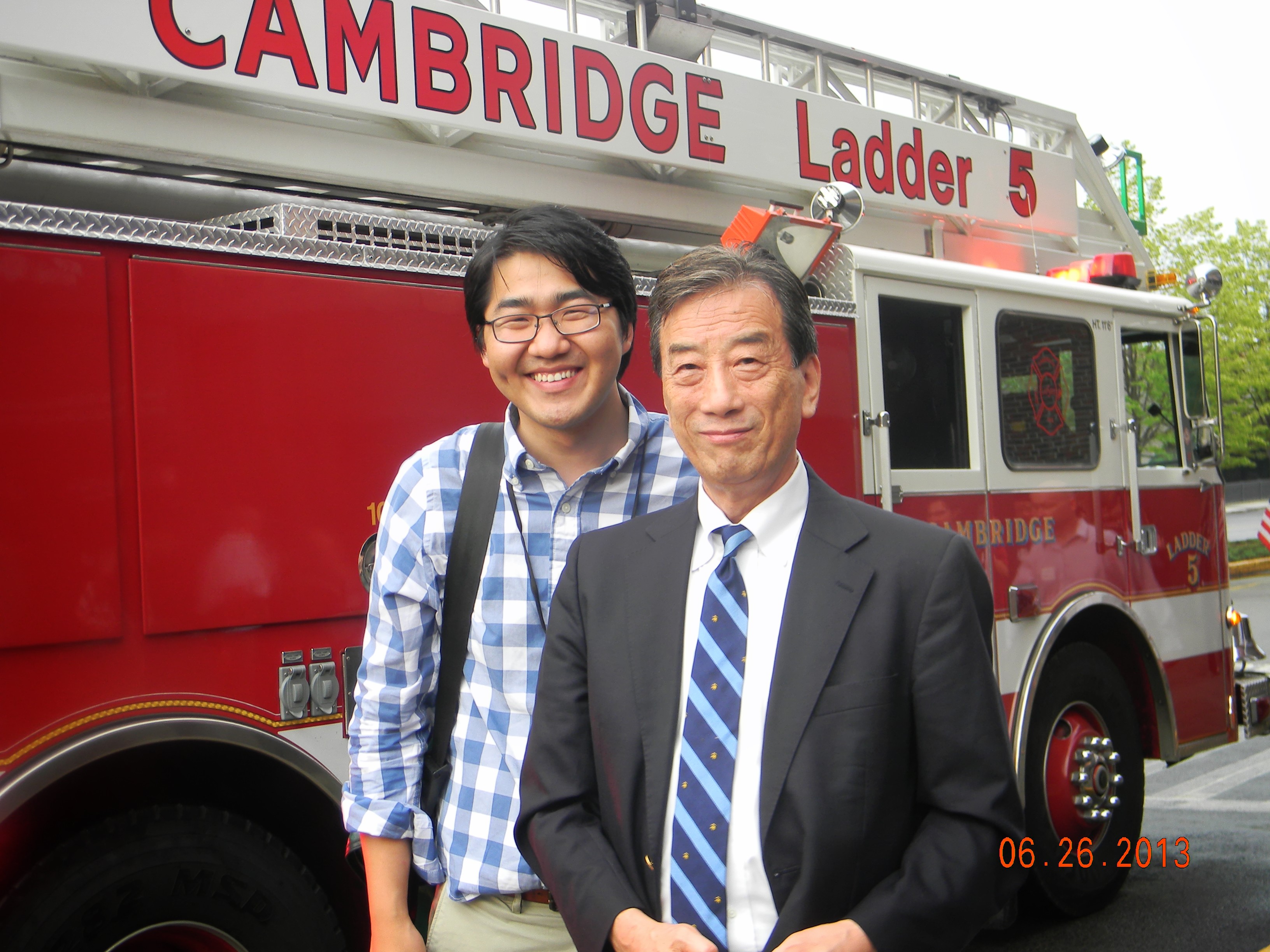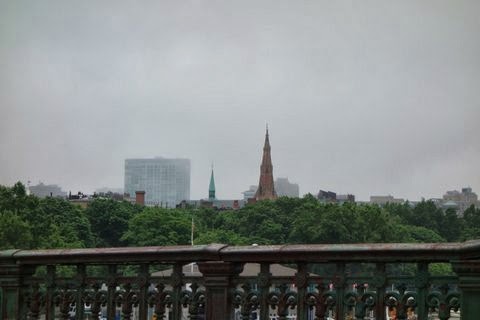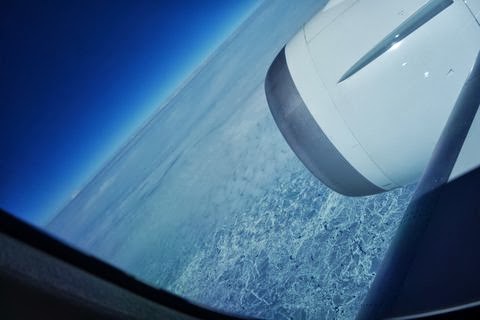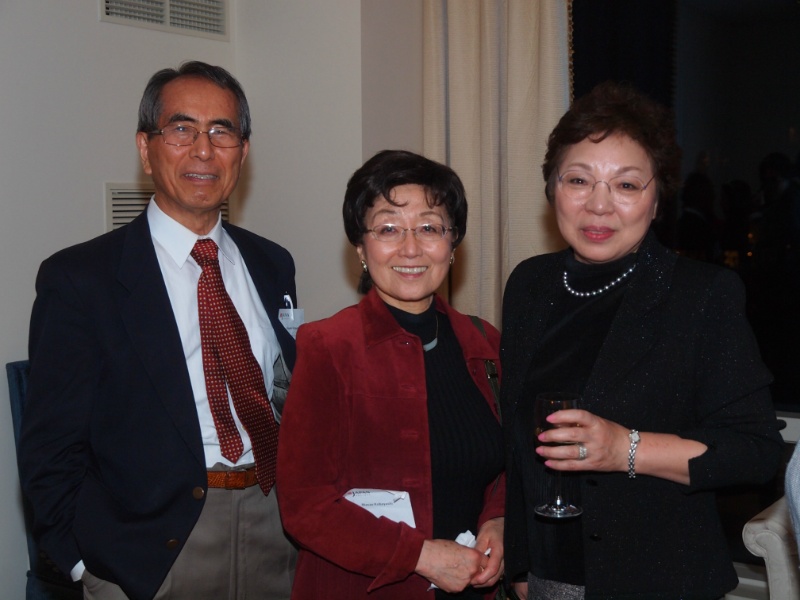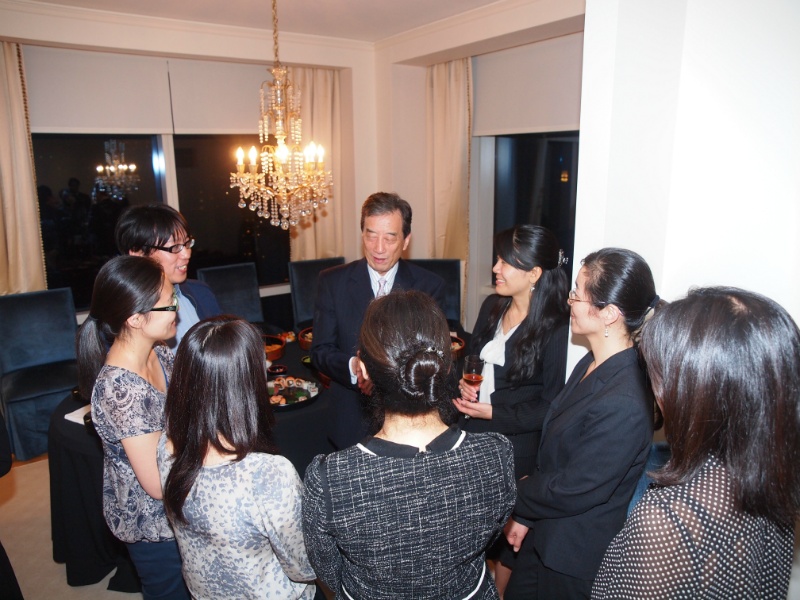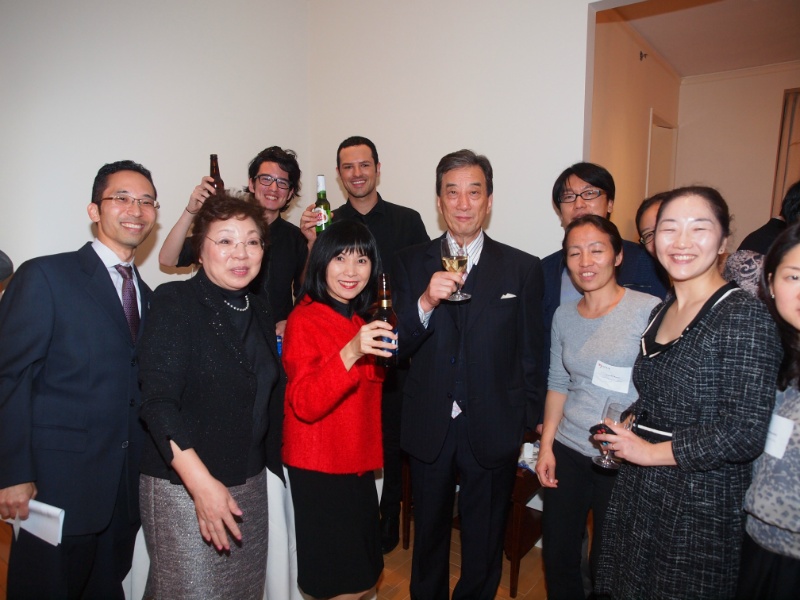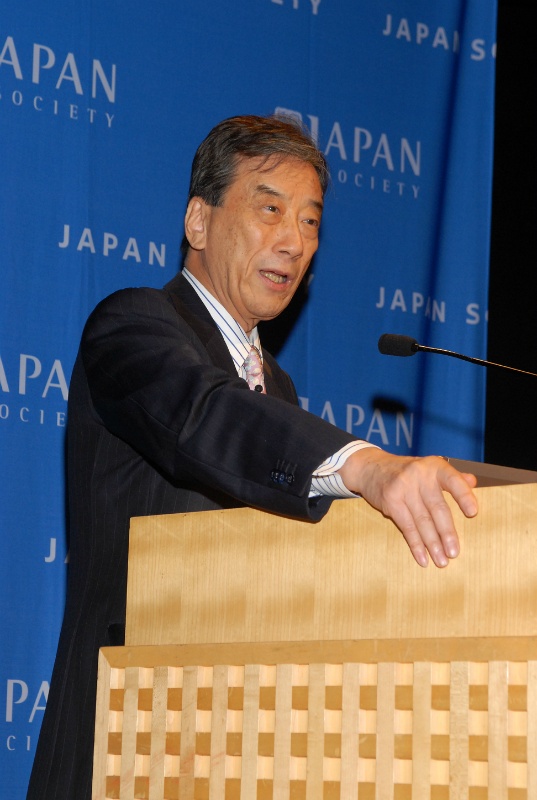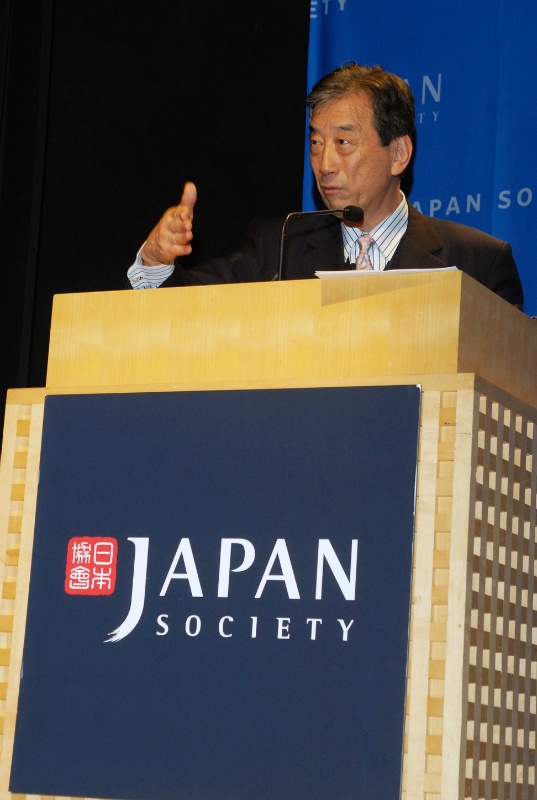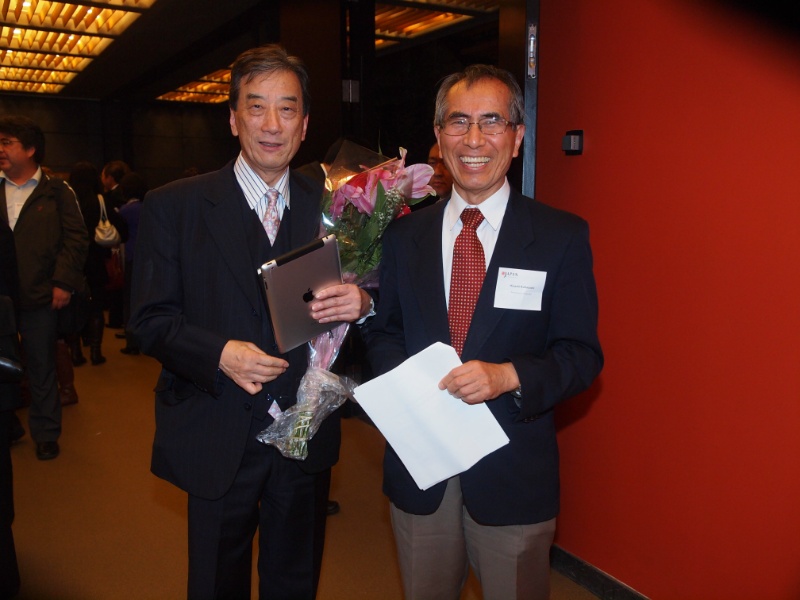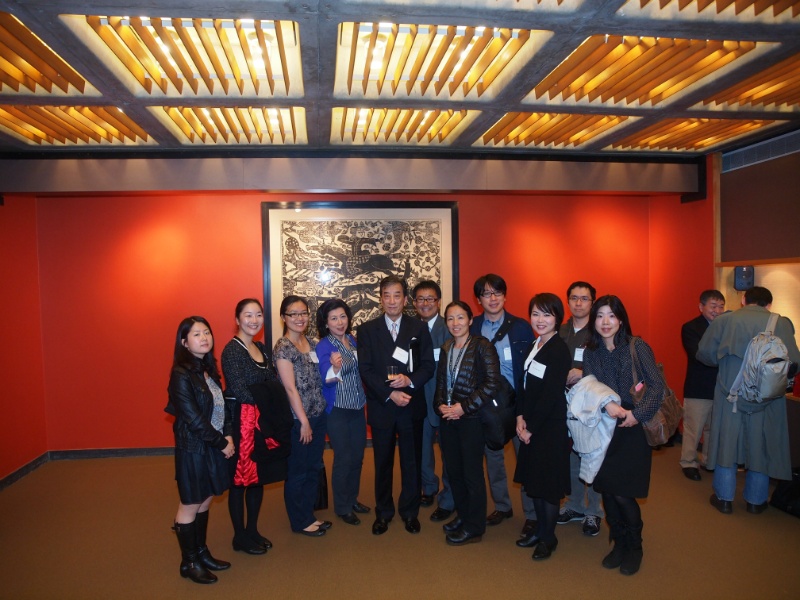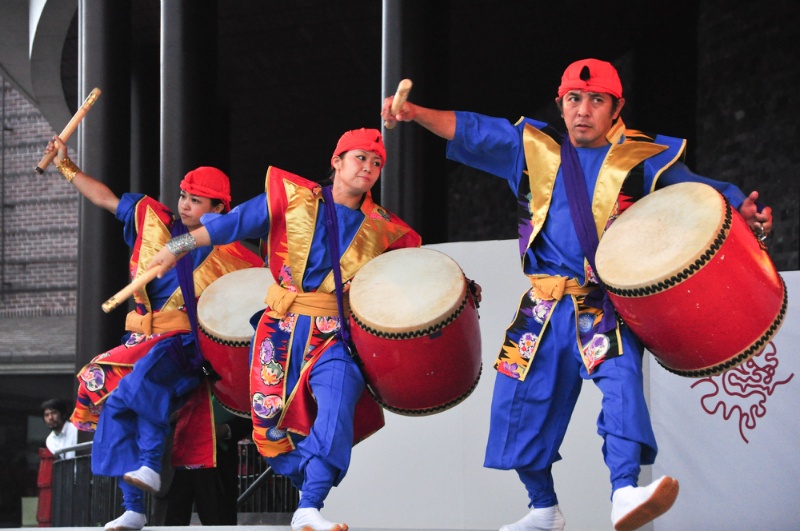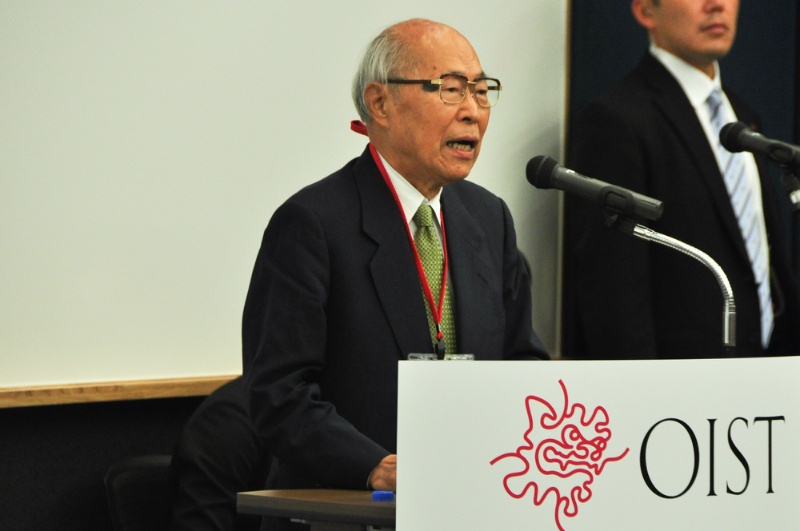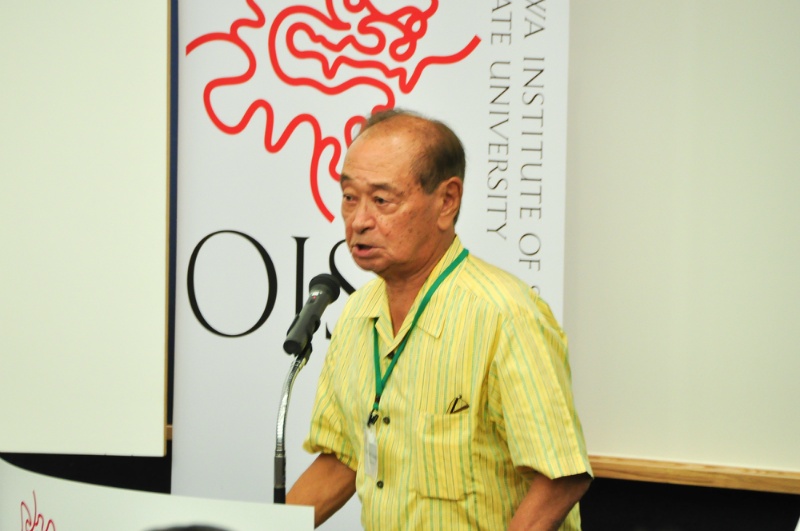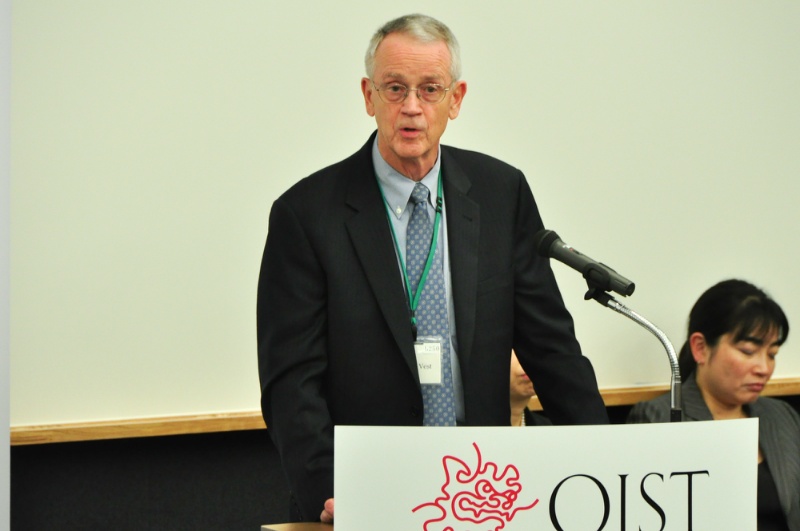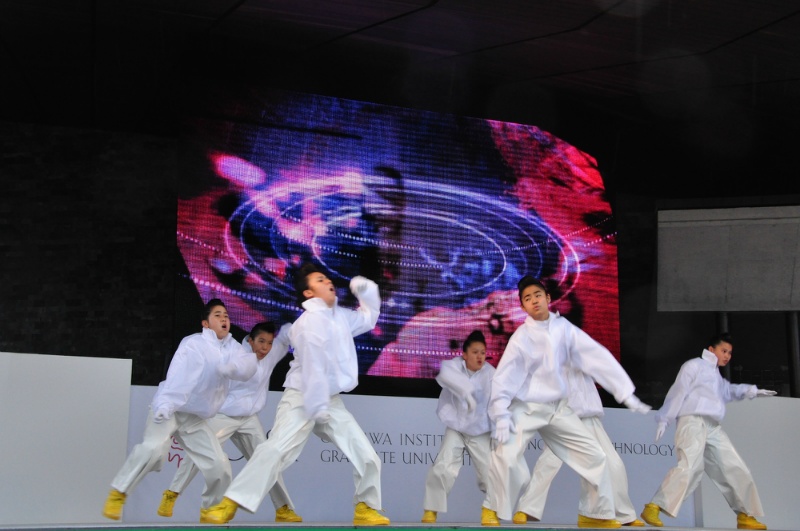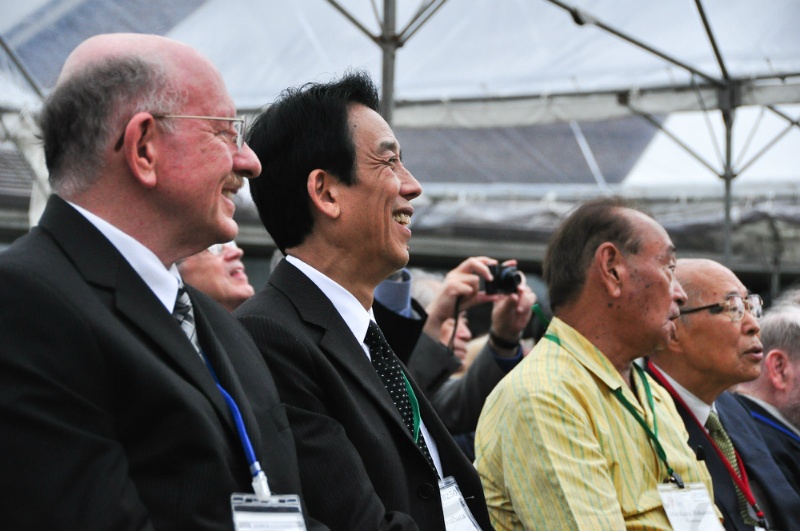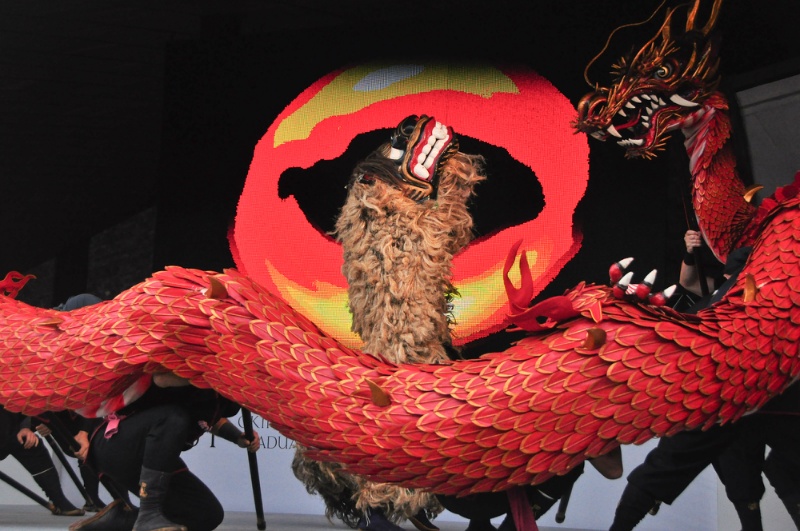I returned to Japan from Washington D.C. on Saturday the 21st. I took the day off on Sunday, was busy with meetings on Monday, and departed once again for the U.S. east coast on the morning of Tuesday the 25th for Boston. I took a direct flight from Narita, on the Boeing 787 that made the news with its problems of fire on its Japan-made battery last year.
I arrived around noon on the 25th. After resting briefly, I went to the MIT Media Lab. This was not the main objective of my trip, but I paid a visit to the Media Lab Director, Joi Ito (1) and the Associate Director, Dr. Ishii (1, twitter: @ishii_mit) and they showed me various projects. Ryuichi Sakamoto also happened to be there and they are talking about possible collaboration. They are involved in many interesting things. In the evening, I had a pleasant dinner with Dr. Ishii, his wife, who is a journalist and was a Niemann fellow last year (I follow their twitter), and his secretary.
The next day, I met with Professor Richard Lester, who invited me to Boston. He is the Director of the MIT Nuclear Science and Engineering. He is leading a program entitled the International Nuclear Leadership Education Program, which is being held twice this year, each for two weeks, and invited me to the course. I was there for just one day, but I participated from eight in the morning through the afternoon. Among the participants were nuclear experts from the U.S. and Europe, many of them know Japan nuclear leaders and the IAEA, and qualified people from Vietnam, Abu Dhabi, Kenya, Mongolia, and Nigeria. They will go on to make their careers in this field, so the discussion was very lively and interesting.
The English version of the well-known NAIIC (National Diet of Japan Fukushima Nuclear Accident Independent Investigation Commission) Executive Summary report appeared on-line at the time of NAIIC report in Japanese and the full report was also made available on-line last October. As the full report is available, experts and everyone around the world can study and evaluate our report.
In the evening I attended the reception at the Museum of Science of Boston <http://www.mos.org/>. The next morning, I started my return journey.

